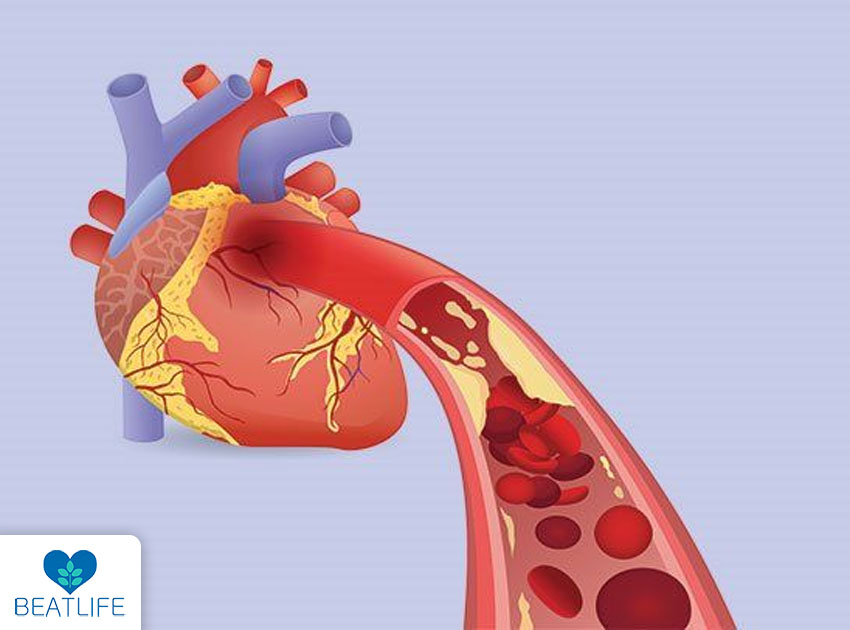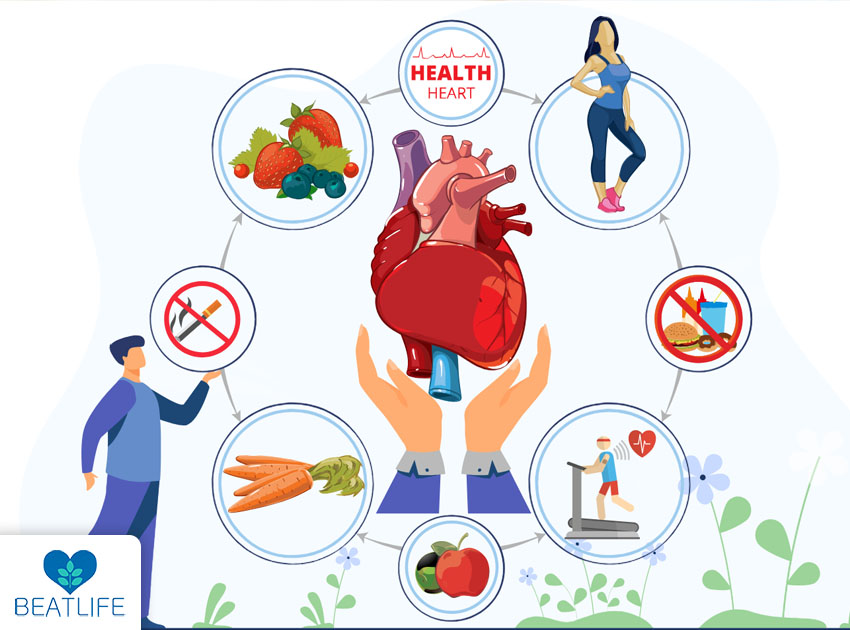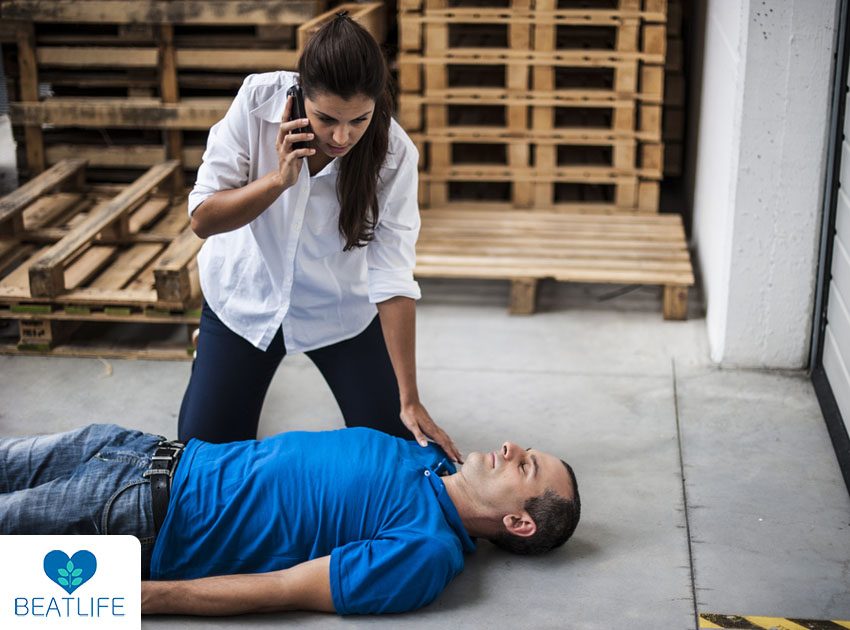In the field of cardiac health, it is critical to comprehend the complex mechanisms involved in a heart attack and learn what happens during a heart attack and the critical actions that might have a significant impact. A heart attack, also known as a myocardial infarction, happens when blood flow is cut off to a portion of the heart muscle, which may cause harm or even death to the damaged heart tissue. Emergency cardiac care includes identifying the warning signs and symptoms of a heart attack, getting medical help right away, and using life-saving techniques including cardiopulmonary resuscitation (CPR).
Technological developments in the last several years have been crucial in improving the efficacy of CPR. The CPR feedback device, a real-time monitoring tool to help first responders and medical professionals perform high-quality chest compressions, is one noteworthy breakthrough. By giving immediate feedback on compression depth, rhythm, and recoil, this device makes sure that CPR is performed in accordance with accepted guidelines. The incorporation of this technology enhances not only the precision of resuscitation endeavors but also leads to improved results for patients undergoing cardiac emergencies. We explore the complexities of a heart attack, the value of an early medical response, and the ground-breaking function of CPR feedback devices in improving the standard of life-saving procedures in this investigation of cardiac health and emergency interventions.

Contents
What happens during a heart attack?
During a heart attack, also known as a myocardial infarction, the blood flow to a part of the heart muscle becomes blocked, usually due to a blood clot. One of the coronary arteries, which provide the heart muscle with blood rich in oxygen, may become blocked as a result of this obstruction. The heart muscle cells become damaged or perhaps die as a result of inadequate blood flow and oxygen.
The following is a detailed account of what happens during a heart attack:
Coronary Artery Blockage
One of the main causes of heart attacks is coronary artery blockage, which prevents blood that is oxygenated from reaching the heart muscle. A blood clot that forms when arterial plaques burst blocks the coronary artery, setting off a series of events that may result in myocardial infarction and ischemia. If this blockage is not treated, it may cause irreversible damage to the heart tissue as well as excruciating chest pain and dyspnea.
The consequences of coronary artery blockage emphasize how crucial early detection and treatment are. Prompt medical intervention can lessen the effects of blockages and stop additional heart damage. A range of diagnostic techniques, such as imaging scans, blood tests, and electrocardiograms (ECGs or EKGs), are used to establish the existence and degree of coronary artery blockages. The aim of treatment for myocardial infarction is to minimize the risk of consequences and restore blood flow to the heart muscle by a range of procedures, including surgery and medicines.
Ischemia
Ischemia is a medical term describing a condition characterized by an inadequate blood supply to a particular organ or tissue, often due to a blockage or constriction in the blood vessels. In the context of cardiac health, myocardial ischemia occurs when the blood flow to the heart muscle is insufficient to meet its oxygen demands. This can result from the narrowing or blockage of coronary arteries, typically caused by the buildup of fatty deposits or plaques. The restricted blood flow during ischemia deprives the affected tissue of oxygen and nutrients, leading to a temporary or prolonged state of oxygen deprivation that can result in damage or cell death if not promptly addressed.
The consequences of ischemia are particularly concerning in the heart, as it can be a precursor to more serious conditions, including a heart attack. Common symptoms of myocardial ischemia include chest pain or discomfort (angina), shortness of breath, and fatigue. Early detection and intervention are critical to prevent further damage and mitigate the risk of severe cardiac events
Infarction
Infarction refers to the irreversible tissue damage or death that occurs when blood supply to a specific part of the body is obstructed, depriving the affected tissue of oxygen and vital nutrients. Commonly associated with conditions such as heart attacks, strokes, and pulmonary embolisms, infarction results from the blockage of blood vessels, typically caused by blood clots or other obstructive factors. During a heart attack, for example, the restricted blood flow to a section of the heart muscle leads to myocardial infarction, causing lasting damage to the affected area. Swift medical intervention is crucial to minimize the extent of infarction and preserve the function of the affected tissue.

What are the signs of heart attack?
after realizing what happens during a heart attack, knowing when a heart attack is coming on and knowing what to do to get help quickly can make a big difference in the result. The typical symptoms frequently include pain or discomfort in the chest that may extend to the arm, jaw, or back and feel full, compressed, or pressurize. People may also have nausea, dizziness, shortness of breath, and cold chills in addition to chest pain. It’s crucial to remember that not everyone having a heart attack will experience the same symptoms. In fact, some people—especially women—may show unusual symptoms including exhaustion, indigestion, or pain in the neck, jaw, or upper back.
It’s critical to contact emergency services right away if you suspect a heart attack in someone exhibiting these symptoms. Because time is of the essence, prompt medical attention can significantly improve the chances of maintaining cardiac function and halting further damage. While waiting for qualified medical assistance, performing CPR on someone who is unconscious and not breathing can also be a life-saving intervention. When experiencing possible heart attack symptoms, it’s critical to take urgent action and not put off getting help.

